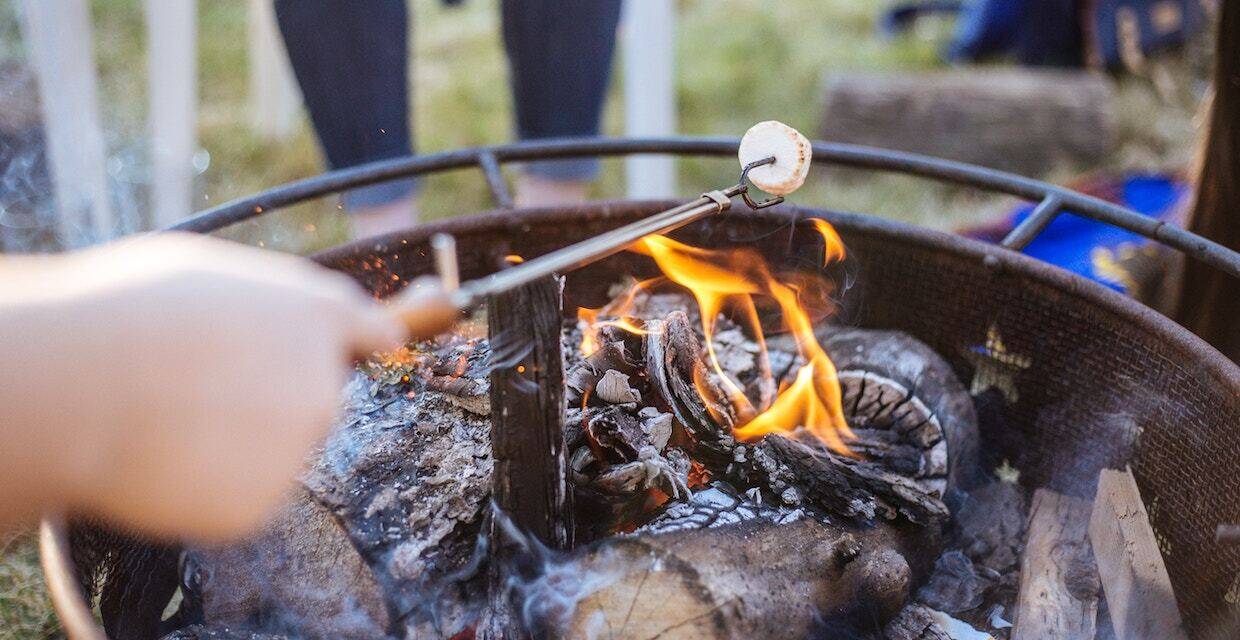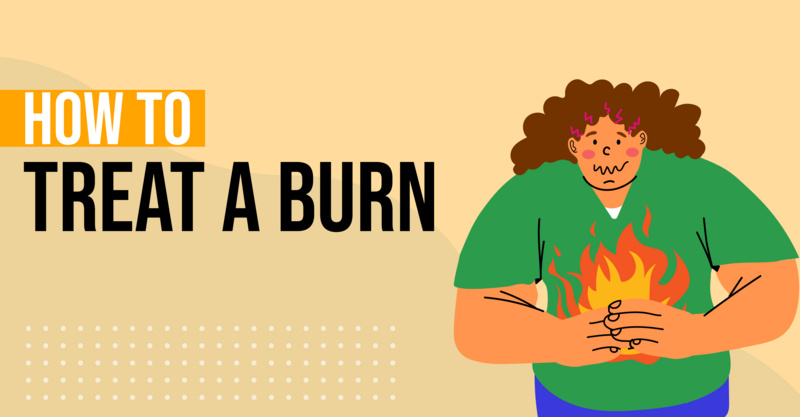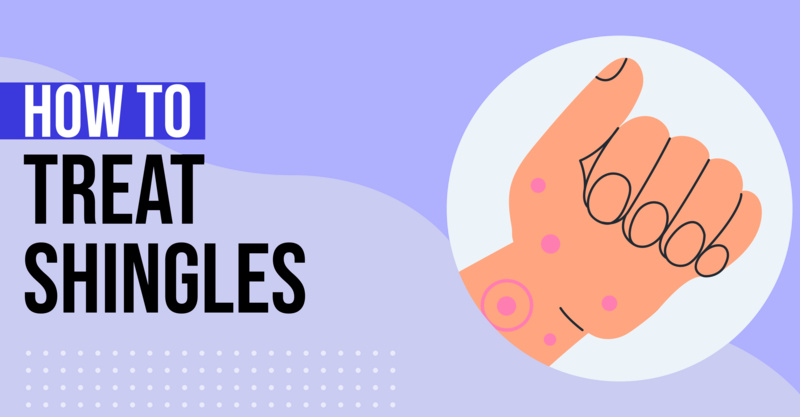Key Points
- Burns can range from first to fourth degree, with severity increasing with each degree. They can lead to infection if not properly treated and everyone should know how to measure their seriousness, when to seek medical help, and how to treat minor burns.
- The University of Maryland Medical Center reports that one to two million Americans seek medical attention for burns each year, with 30 to 40 percent of these patients being under the age of 15.
- First degree burns affect only the outer skin layer and can be treated at home with cool compresses, burn-specific lotions or ointments, and over-the-counter pain relievers. Second degree burns affect both the outer and second skin layer and can also be treated at home if they are under three inches in diameter.
- Third and fourth degree burns, which involve the outer skin layer, the dermis, bones, muscles, and tendons, require emergency care and are considered life threatening. They may appear charred or leathery and should not be treated at home.
- If unsure of the severity of a burn, it is best to seek professional medical care. The World Health Organization offers a helpful guide on how to treat minor burns and assess their severity.
A burn injury can happen at anytime. Burns range from first to fourth degree depending on the severity and can lead to infection if they aren't properly treated. Everyone should know how to gauge the seriousness of burns, when to seek medical care, and how to treat mild burns.
Burn Statistics
According to the University of Maryland Medical Center, one to two million Americans "seek medical attention for burns each year" and "between 50,000 and 70,000 people are hospitalized for burns." In addition, 30 to 40 percent of persons treated for burns are under the age of 15 years of age. How can you tell if a burn is serious enough to seek medical treatment or if you can treat the burn at home?
First Degree Burns
These burns affect only the outer layer of the skin and symptoms are redness, swelling, and pain. Mild sunburn is considered to be a first degree burn. These burns last between 48 and 72 hours and other symptoms are peeling or dry skin.
To treat first degree burns, apply cool (no ice) compresses and use lotion or ointments recommended for burns. Aloe Vera gel will help with pain. Ibuprofen or acetaminophen can also be taken to alleviate pain.
Second Degree Burns
These burns affect both the outer layer of the skin and the second layer of the skin, also known as the dermis. Symptoms include all the signs of a first degree burn and often blisters will appear. Skin will become very red or splotchy and pain and swelling is usually noticeable.
The Mayo Clinic recommends first gauging the size of the burn. If it is under three inches in diameter, the burn can be treated at home using OTC pain meds and cold compresses. However, the Mayo Clinic warns, if the "burned area is larger (than three inches) or is on the hands, feet, face, groin or buttocks, or over a major joint," immediate medical care should be sought.
To treat second degree burns, run cool water on the wound or apply cool compresses—never use ice. This will help reduce the swelling. Use a gauze bandage and cover the burn. Gauze is better than cotton that may enter the wound. Keep the gauze bandage loose, just enough to keep air away. Give the patient OTC pain relievers for pain.
Second degree burns under three-inches in diameter usually heal in a week to 10 days with possible pigment changes to skin. It's also recommended to use sunscreen on the area once healed for at least a year after the burn.
It's important to note if intense pain isn't relieved with OTC medications, additional swelling or fever, redness or oozing occurs, you should seek immediate urgent care.
Third and Fourth Degree Burns
Third and fourth degree burns require emergency care. These burns involve the outer layer of the skin, the dermis, bones, muscles, and tendons. They can appear charred or leathery.
With third degree burns, pain may not be present if the nerve endings are destroyed. With fourth degree burns, the wound will appear stiff and extend into the subcutaneous fat, muscle and bone.
It is not recommended to treat third or fourth degree burns at home and immediate medical treatment should be sought. Consider these burns life threatening.
The World Health Organization offers a great download on how to treat minor burns and includes diagrams to help assess severity of burns.
A burns could be serious and if you're unsure of the severity, it's best to seek the care of a professional.
Frequently asked questions
How are burns classified in terms of severity?
Burns are classified from first to fourth degree, depending on their severity. First-degree burns affect only the outer layer of the skin, while second-degree burns affect both the outer layer and the second layer, also known as the dermis. Third and fourth degree burns involve the outer layer of the skin, the dermis, bones, muscles, and tendons.What are the symptoms of a first-degree burn?
Symptoms of a first-degree burn include redness, swelling, and pain. Other symptoms can include peeling or dry skin. These burns typically last between 48 and 72 hours.How should a first-degree burn be treated?
First-degree burns can be treated by applying cool (not ice) compresses and using lotions or ointments recommended for burns. Aloe Vera gel can help with pain, and over-the-counter medications like ibuprofen or acetaminophen can also be taken to alleviate pain.How can you tell if a second-degree burn can be treated at home or requires medical attention?
The size of the burn is a key factor in determining whether it can be treated at home or requires medical attention. If the burn is under three inches in diameter, it can be treated at home. However, if the burned area is larger or is on the hands, feet, face, groin, buttocks, or over a major joint, immediate medical care should be sought.What are the symptoms of a second-degree burn?
Symptoms of a second-degree burn include all the signs of a first-degree burn, and often blisters will appear. The skin will become very red or splotchy, and pain and swelling are usually noticeable.How should a second-degree burn be treated?
Second-degree burns should be treated by running cool water on the wound or applying cool compresses—never use ice. A gauze bandage should be used to cover the burn, and over-the-counter pain relievers can be given for pain.What should be done in the case of third and fourth-degree burns?
Third and fourth-degree burns require immediate medical attention. They are considered life-threatening and should not be treated at home.How many Americans seek medical attention for burns each year?
According to the University of Maryland Medical Center, one to two million Americans seek medical attention for burns each year, and between 50,000 and 70,000 people are hospitalized for burns.











